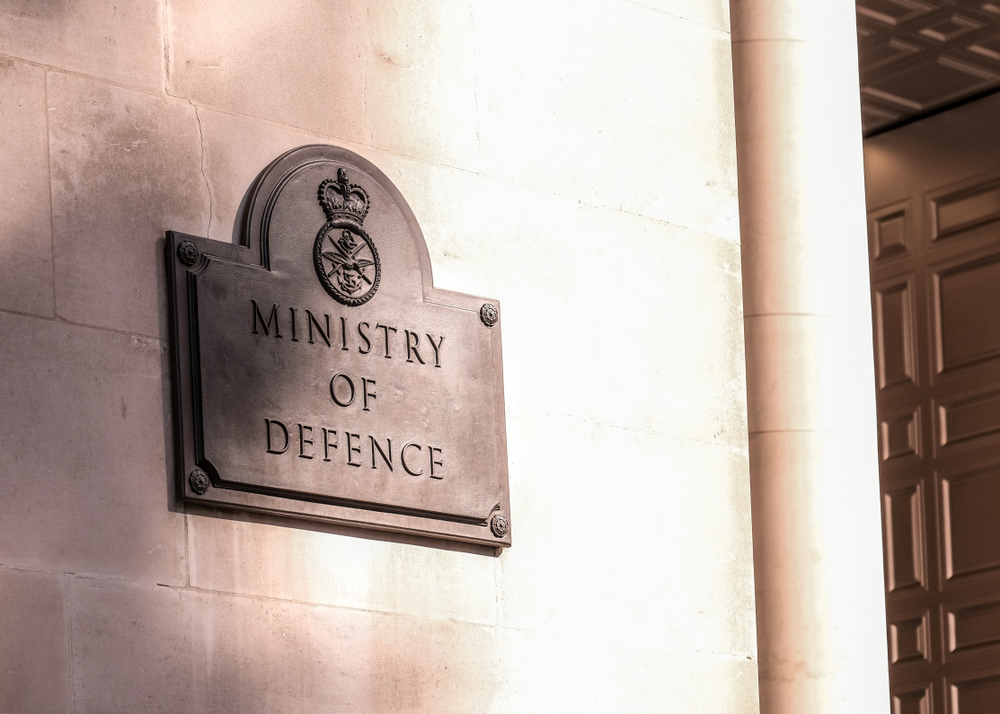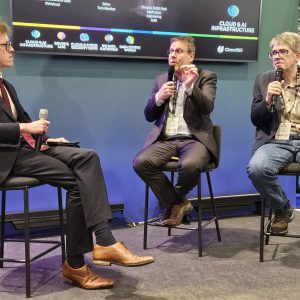
Used to facing up to enemies on the battlefield, the Ministry of Defence showed it is just as adept at deploying its digital might to fight an unseen enemy – Covid-19.
Defence Digital, led from the front by CIO Charlie Forte, rapidly built out a new critical response team to help servicemen and women being deployed during the pandemic access critical information, enabling them to continue their work and support the NHS with tasks such as driving ambulances and the development of the Nightingale hospitals. This sterling effort on behalf of front-line staff, and for its innovations in cloud and cyber, is recognised in the Technology Leaders Index.
Lean teams make an impact

As the pandemic took hold, Defence Digital rapidly built out a critical response team, which identified four critical activities needing attention: pivoting defence to remote working, supporting Standing Joint Force Commanders by enabling secure working and digitisation at scale on corporate and personal devices; enabling cross-government collaboration tooling – and finally supporting the Defence Medical Services to ensure the health and well-being of serving personnel worldwide.
To deliver on these activities, Defence Digital formed an Advanced Delivery Cell (ADC) – a lean multi-disciplinary team that acted as a single focal point for all demand, with delivery managers allocated value streams – Collaboration, Communications, Medical, Applications – and taking responsibility for end-to-end delivery and running.
Spectacular results
The results were spectacular, with 13 new services delivered in three months, some pulling through innovation activity, some requiring considerable engineering dexterity and others a quality and depth of understanding of the cyber threat and defence risk posture. They included Covid-19 tracking applications, while medical operational management of bedding down facilities and remote patient consultation services were spun up and enabled through discovery to live in accordance with the Government Digital Service Standard and the Technology Code of Practice. The ADC used agile working to ensure it could react quickly as the pandemic developed and requirements changed.
One particular stand-out project is R2-D2, a cloud-based system which helps decision-makers understand availability of resources through readiness reporting and deployability. This is notable because it marks greater use of public cloud resources than ever before in the MoD, and going forward Defence Digital plans to take advantage of the strong cybersecurity properties, lower maintenance overheads, and faster iterations of user value that the cloud can provide. It could be a real paradigm shift.
The MoD is recognised as a cloud and cyber pacesetter in the Technology Leaders Index. It is recognition for CIO Forte, director defensive cyber & risk Christine Maxwell, as well as Rich Crowther, head of Defence Digital Service, Brigadier Sara Sharkey, head of ASDT, and their teams.






